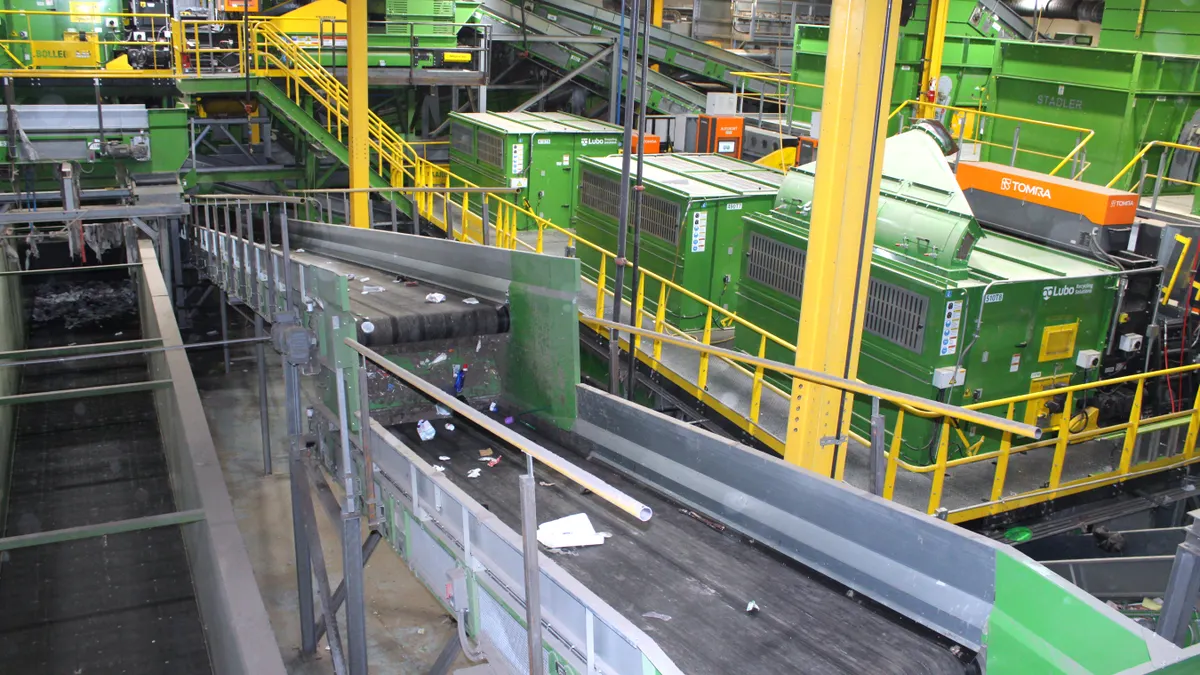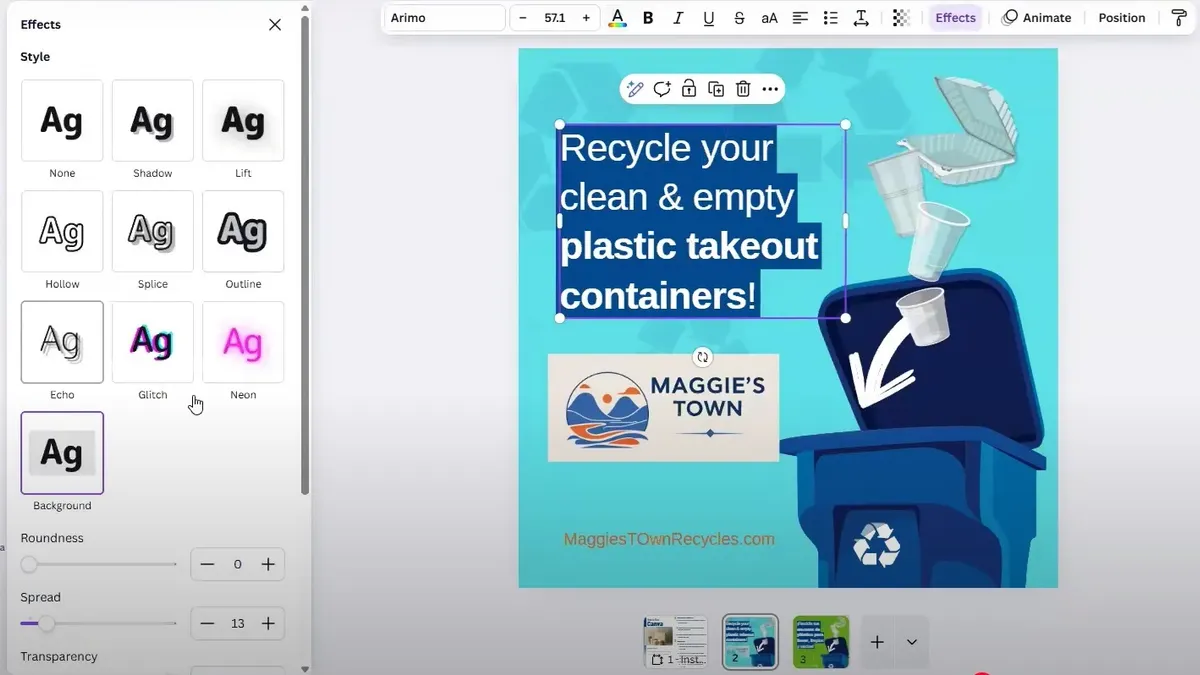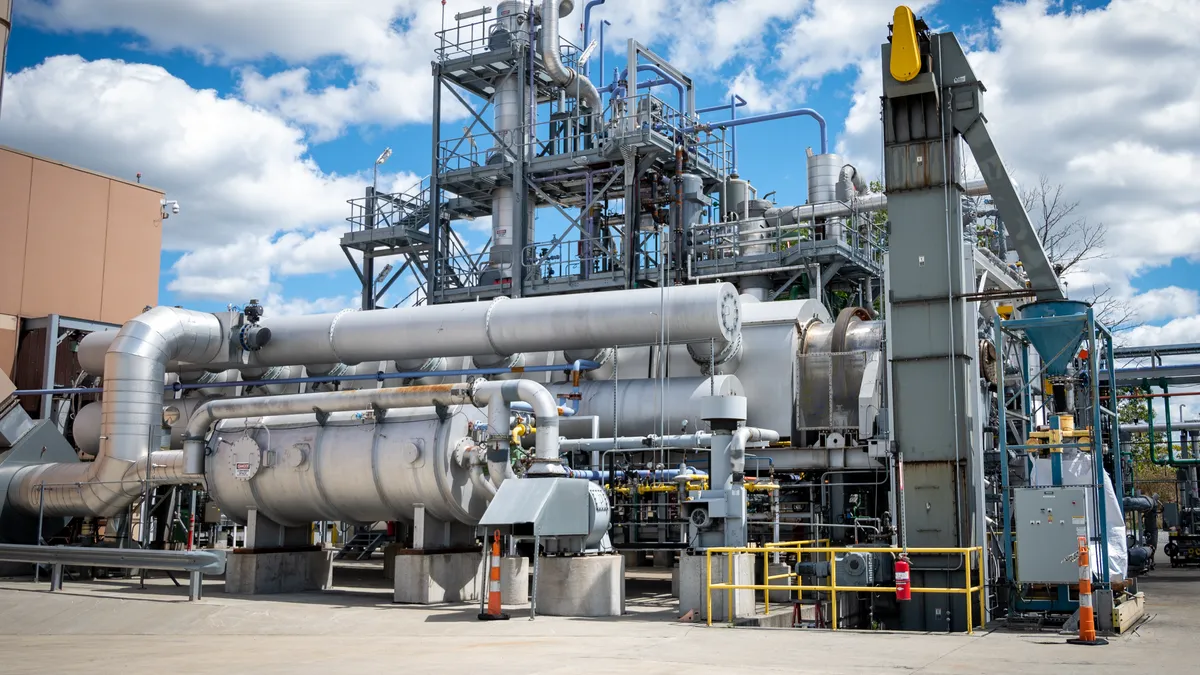When United Airlines recently replaced its "Fly the Friendly Skies" banners at Chicago O'Hare, they partnered with Columbia College Chicago and Re:new to upcycle the fabric into durable travel bags, which United sells online.
This program is just one of many innovative ideas United and other airlines have devised to better manage their solid waste — and in some cases, capitalize on it.
Many initiatives follow a 2010 report by nonprofit Green America detailing how the major U.S. airlines were doing at recycling waste. At the time, Green America graded most of them with a "D" or "F" — and recommended that they shoot for a 2015 goal of recycling 70% of solid waste, generated in the air.
In the same year of the bad report cards, disposal of aircraft waste cost the industry $20 to $26 million. The recyclable waste had an estimated market value of $18 million to $26 million, noted trade organization Airlines for America (A4A). Three years later, organizations in the airport industry began looking closely at how the industry could better manage waste cost effectively.
After much research, the Transportation Research Board released industry guidelines and suggestions — from purchasing projects to facilitate recycling and reduce waste, to suggestions for collecting and sorting in flight to avoid costlier operations on the ground.
There are no figures to show if, since the release of the trade guidelines, any airlines have met Green America's suggested 70% recycling goal. Waste Dive confirmed the industry is not operating full throttle, though they are on a course to cleaner operations, sometimes with out-of-the-box initiatives.
Several airlines have adopted system-wide in-flight recycling operations and also recycle on the ground. Some launched green teams. Others have entered interesting partnerships to divert from landfill dumping.
In addition to initiatives like upcycling old banners, United Airlines is recycling in the air and offices. Over the past seven years, the company recycled 27.8 million pounds of aluminum cans, paper and plastic from flights and facilities.
Alaska Airlines has made efforts to counteract environmental hazards by making it a goal to reduce all inflight waste sent to landfill by 70% per passenger by 2020. In order to achieve this goal, Alaska planned in 2015 to increase communications and training for flight attendants, as well as test easily recyclable aluminum cans for beverage selections.
"Recycling is the service standard onboard both Alaska Airlines and Horizon Air. Horizon Air was the first airline in the country to begin a comprehensive inflight recycling program in the mid-1980's and Alaska Airlines followed suit in the late 2000's," Alaska states on its website. "Currently we are the only two airlines in the nation that recycle mixed paper, cups, bottles, and cans at every single one of our domestic catering kitchens."
American Airlines worked with Dallas/Fort Worth International Airport to expand recycling in offices and break rooms and to make recycling bins more accessible to ramp workers and cleaners. In the air, American increased aluminum recycling to 470,000 pounds, or 14 million cans, in 2014.
Some airlines are partnering with recyclers to "de-tax" landfills and sometimes generate revenue. They've paired up with solid waste managers to collect and salvage old oil, metals, and aircraft windows. Additionally, they're upcycling tens of thousands of pounds of life vests, carpet and leather seat covers to lighten the landfill load.
In 2014, Delta posted a fairly meaty progress report, highlighting a 14% reduction in hazardous waste generation since 2013, system-wide. And its in-flight recycling volume increased by 6.8% since 2013.
On the downside, nonhazardous waste increased by 27% system-wide in that same timeframe.
Despite Southwest Airlines' increase in flights — recently adding international travel — it is making headway on the waste management front. In 2014, the company recycled over 3,000 tons of co-mingled paper, plastic, aluminum and cardboard, and the airline recycled 520 tons of industrial waste. Though, like some of the other airlines, Southwest still generates more tons of hazardous waste than it recycles.
While there are no comprehensive figures to reflect how the airline industry at large is doing, they are getting greener for each mile that they fly, said Green America Co-Executive Director Todd Larson.
"But the issue," he said, "is as they fly more people, their overall environmental impacts are still high and growing."
Among dozens of suggestions from the Transportation Research Board, airlines are encouraged to:
- Develop green purchasing cooperatives between airlines, flight kitchens and suppliers to improve availability and cost of recyclable products.
- Focus on in-flight collections and storage and have cabin service and kitchen crews transport deplaned material to recycling containers to avoid sorting mixed waste on the ground.
- Have airports and airlines jointly develop practices across the board for streamlined separation.
- Establish Green Teams including airlines, airports and flight kitchens who develop, coordinate and lead environmental programs and report progress to leadership.

















